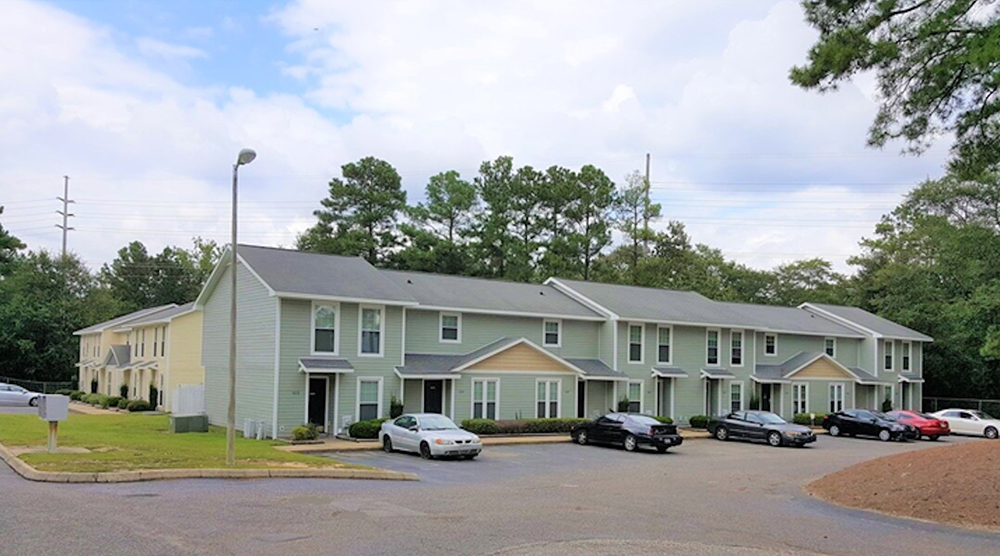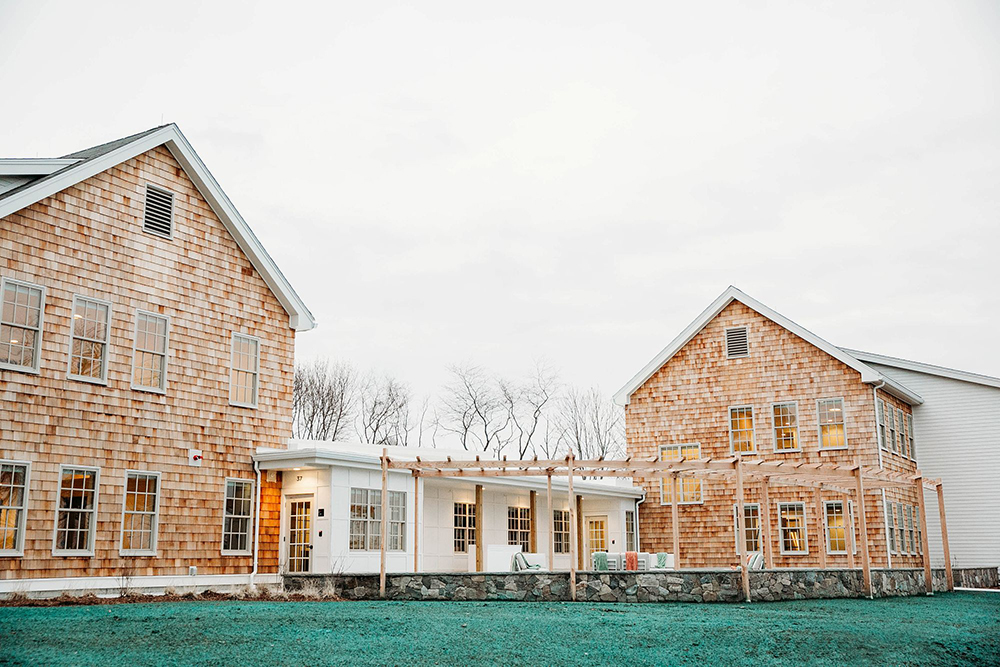Pinning down development variables: Increasingly impossible? - Daniel Calano

I was talking to a mid-size company developer client recently, and asked what I thought was a routine question: What was his next project? Instead of the usual description, he said there was none. He was retiring. The variables in development were too many and too unclear. The risks were simply too high.
From his perspective, it took one to two years to find, negotiate and close on a good site; two years to obtain permits; two years for construction; and two years for leasing…in other words, at least eight years to plan for and rely on analysis. In a typical planning process, one would pin down variables including all hard and soft costs, laid out as best can be, over the years on a spreadsheet to determine feasibility and profit level. The most prudent of us would create several scenarios ranging from worst-case to best-case. Variations would be accommodated through cost contingencies, interest rate options, and reasonable timing alternatives. For the most part, this would take out much of the risk, or at least make us aware of the unpredictability. It’s a routine process that gives us confidence.
Unfortunately, this process that we rely on doesn’t cover the unforeseen, the unlikely, the unimaginable variables, many new ones of which have occurred over the last several years. We have had: a rolling pandemic lasting three years which changed/impacted every aspect of real estate development; dramatically unstable change in variable lending rates, global supply chain delays, large scale war, a closed China, political craziness, visible climate change. These have impacted all facets of real estate development and use. Calling this a single Black Swan event, a one-time scenario, would be a mistake; it could happen again, in a different combination.
But you know all this. What you and I don’t know is how to quantify new and unforeseen variables, plan for them, their impacts, and how long it will take for things to return to “normal.” For example, we can roll them into a better and more predictable spreadsheet. The obvious way is to simply write them in as best we can. But the permutations of various conditions are endless. At a minimum, we should be planning more scenarios, in particular, perhaps many more worst-case ones. Certainly we should be exploring different lengths of time required for “completion”, as we all know profit metrics such as IRR are dramatically altered by time delays.
Perhaps soon there will be better computer programs, artificial intelligence, to help us create more predictable outcomes. Perhaps the notion of risk-adjusted, i.e. risk tolerance, can be better, depending upon developer appetite. Most of what I write here relates to mid-size developers who can only tolerate mid-size risk. Larger developers, REITs, institutions, international firms with more flexible monetary options can take larger risks, have deeper pockets, more patience. That said, they will probably be/are the first to improve their analyses.
Hopefully, the next few years will not be as unstable as the last few, but there undoubtedly will be new variables, new unknowns that will impact real estate into the future. At some point, developers have to make the decisions, take the leap, but perhaps, hopefully, available analyses will be more refined to deal with unknowns.
Daniel Calano, CRE, is managing partner and principal of Prospectus, LLC, Cambridge, MA.
Preservation of Affordable Housing secures $23.5 million in financing from Rockland Trust and Citizens Bank


Conn. hospitality market: A technical appraisal perspective on market dynamics and valuation challenges (2019-2025)









